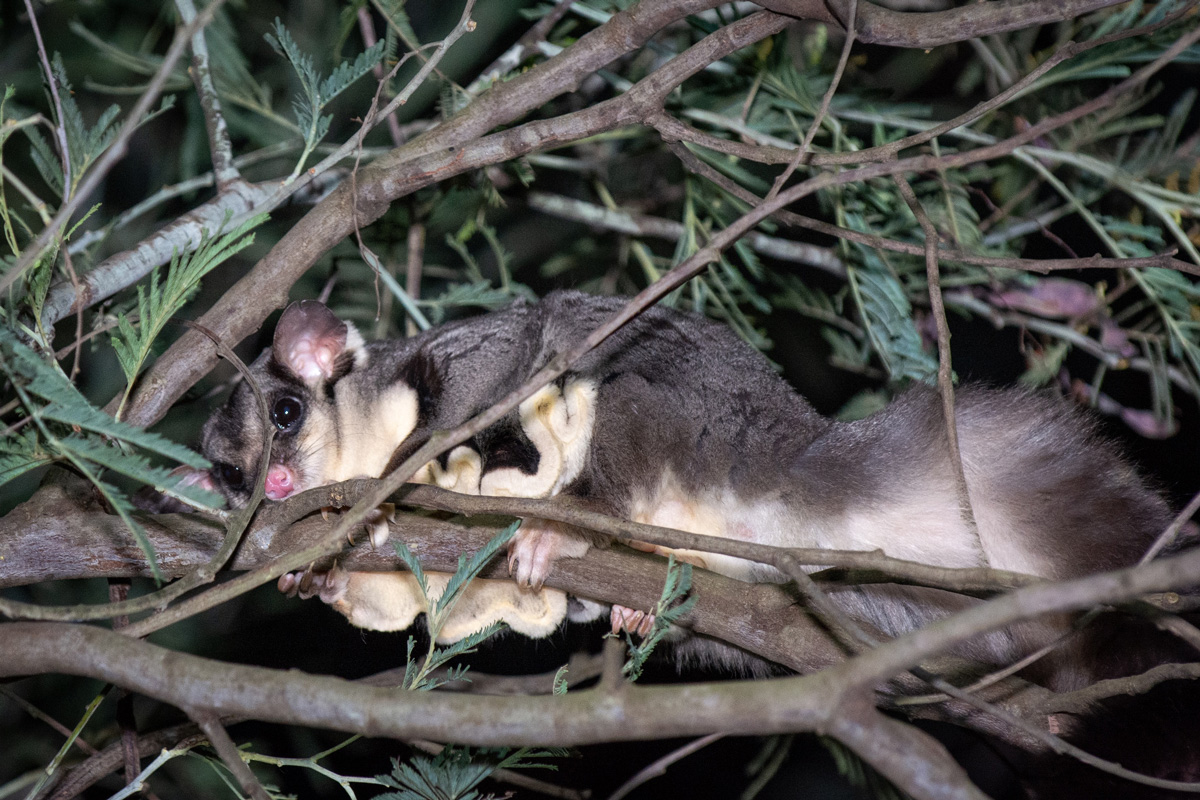By Anne Stelling, Parklands Albury Wodonga
By 2050, the climate in Albury-Wodonga is predicted to be more like that of Forbes in NSW, with fewer frosts and more heat waves, days of 40°C twice as common and heat waves lasting longer. We can expect intense storms in summer dumping more summer rainfall, but less rain in winter and spring, and less rain overall.
Here and across Australia, as stresses like heatwaves, dryer landscapes and increased fire cause some plant species to decline and different ones to take their place, habitats are being altered to suit some animals but not others. The environments we know and love now; the species of plants, insects, birds, reptiles and mammals we are accustomed to living amongst, is changing.
A big question for anyone managing land is how we can help nature to adapt and mitigate the local effects of climate change.
One consideration is the movement of trees. Some of our iconic local Eucalypt species like red box, yellow box and red stringybark will struggle in the new climate; their natural range will shift. But the ability of trees to move to more suitable areas is obviously limited and would normally take hundreds of years. We need to help.
Ecologists suggest that looking to hotter, drier places like Forbes for examples of our local species, then propagating and planting that climate adapted seed here will help ensure there are mature and reproducing trees in our landscape in 2050.
Birds and animals are more able to move to new habitat areas without our physical assistance. But they do need safe ways to move within; friendly, connected reserves forming corridors of native vegetation between different habitats.
Many animals do not like crossing open land as it exposes them to predators. Ideally, a movement corridor contains a large native tree every 25-40m, with a variety of native plant types and layers joining them.
Does your property help the movement of birds and animals? An easy check is to open an online map in satellite view, locate your property and see how your native vegetation links in with the broader landscape.
You may have the perfect opportunity to provide a habitat corridor between bush reserves, or to connect up areas of isolated habitat. No area is too small. Even an urban block can become a safe haven and habitat ‘stepping stone’. Every little bit helps!

